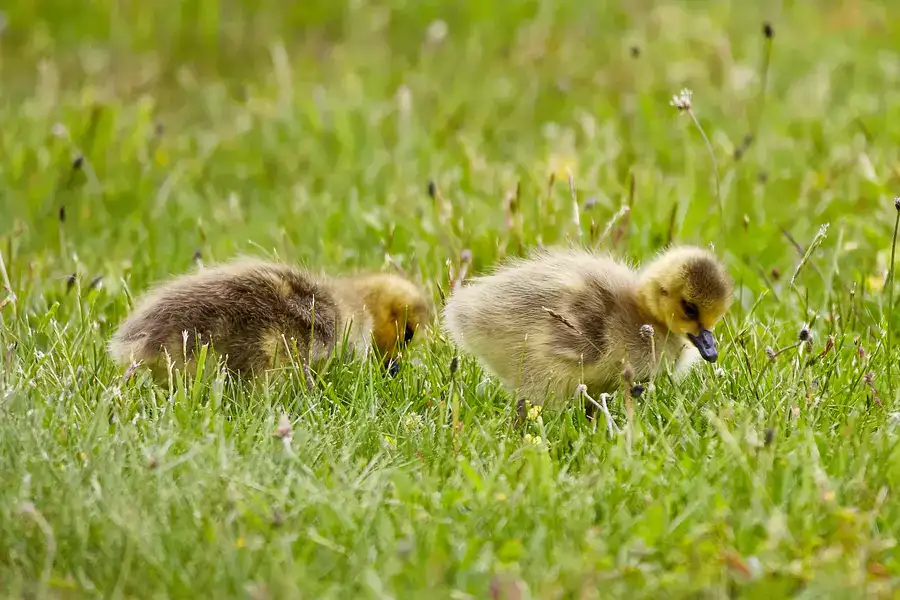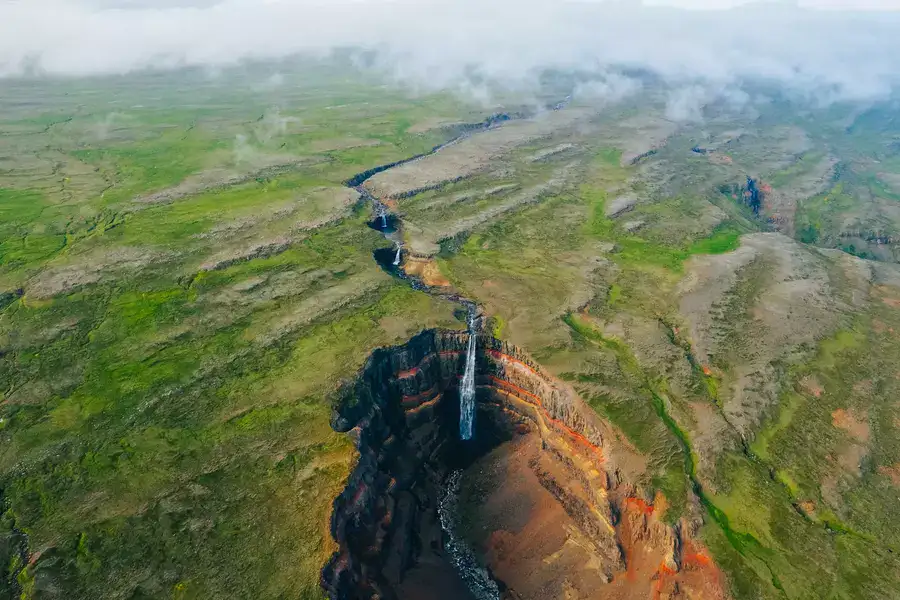According to a recent study by North Carolina State University, grasses that have deeper root structures are much more resilient to drought, heat, and soil compaction. And anyone who has ever tried to grow grass in clay soil knows that it can be incredibly difficult to produce growth in those conditions. But fear not, we've found some grass seeds that not only tolerate but thrive in heavy clay soil types.
Related: Best grass seed for erosion control
We've tested and reviewed a variety of grass seeds and evaluated factors such as effectiveness, price, and customer satisfaction - and we believe the best grass seed for red clay is just a click away. So, whether you are looking to plant your first lawn or are a seasoned landscaper, keep reading to find out which grass seed is right for your yard.
TL;DR
Among the grass seeds suitable for heavy clay soil, Tall Fescue, Creeping Red Fescue, Bermuda Grass, Buffalo Grass, Perennial Ryegrass, Zoysia Grass, and Kentucky Bluegrass stand out due to their adaptability and resilience. Tall Fescue has a deep root system that helps it tolerate poor soil quality like red clay, while Creeping Red Fescue forms a strong rooting system.
Bermuda Grass has deep rhizomes, making it a great option for clay soils, and Buffalo Grass's deep root system allows it to thrive in tough soil. Perennial Ryegrass grows quickly and is suitable for cooler weather areas, while Zoysia Grass, native to Asia, can survive dry seasons and wet weather areas. Lastly, Kentucky Bluegrass is an excellent option for clay soil in cooler weather areas due to its deep root system.
Also read: Best grass seed for extreme heat
Tall fescue
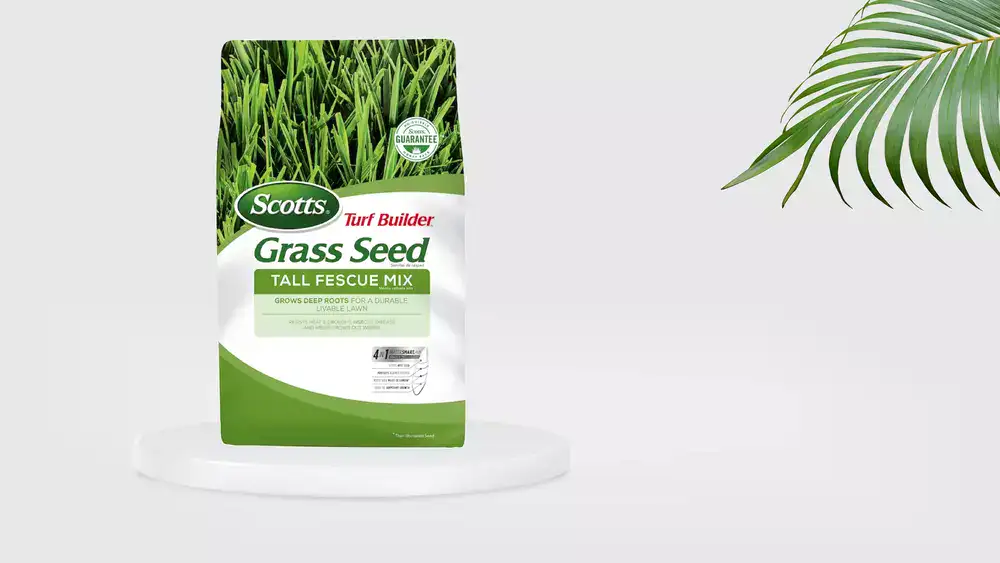
When it comes to finding the best grass seed for red clay, there are a lot of options out there. However, one type that consistently stands out is tall fescue. As a cool-season grass, tall fescue does best in cool weather areas, making it a great option for those looking for a reliable seed to plant in the fall or early spring. This grass also tends to do well in partial shade or full sun, making it versatile and adaptable to a variety of different growing conditions.
One of the things that sets tall fescue apart from other grasses is its deep root system. Compared to other cool-season grasses, tall fescue roots penetrate deep into the ground, allowing it to thrive even in areas with poor soil quality like red clay. This deep root system also makes tall fescue especially drought-resistant, which is great for those looking to conserve water or live in areas with limited rainfall.
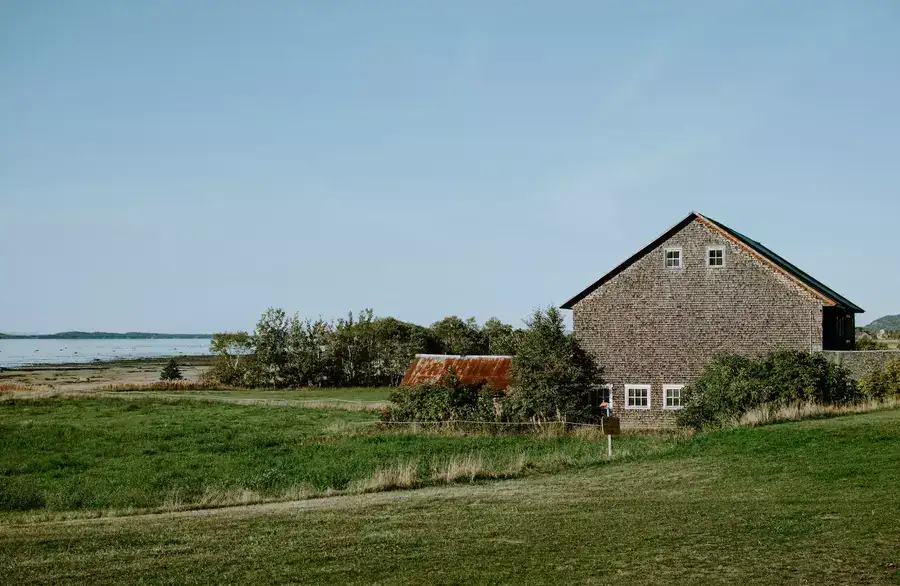
In terms of appearance, tall fescue has a coarse-textured green that offers a lot of variety. In the past, some homeowners may have found the texture too rigid, but newer varieties of tall fescue now produce shorter, finer blades that are more aesthetically pleasing. When planted in soil with a pH of 5.8 to 6.5 and high in organic matter, tall fescue will grow deep roots systems that can reach depths of 2-3 feet. This allows it to withstand extreme weather conditions such as droughts or floods.
Overall, tall fescue is an excellent option for anyone looking to plant grass in clay soil. It grows well in full sun or partial shade, has a deep root system that allows it to thrive in harsh conditions, and its coarse texture is perfect for anyone looking to add some variety to their lawn. Additionally, this grass requires 1-1¼ inches of water per week to thrive. So, if you want a grass that is beautiful, easy to care for, and drought-resistant, tall fescue is an excellent choice.
Creeping red fescue
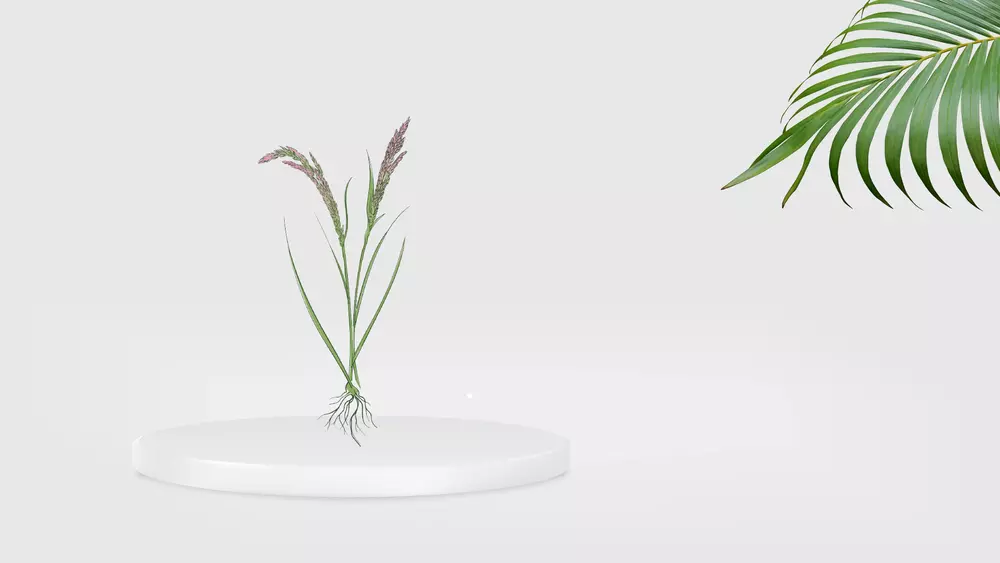
At first glance, creeping red fescue doesn't look like anything special - it's a thin-bladed grass with a red tint that grows close to the ground. But what makes this grass so great for red clay is its ability to tolerate potentially harsh conditions like drought and poor soil quality. This grass is also known for growing well in partial shade, which can be a big advantage when trying to grow grass in a yard with trees.
The stats on creeping red fescue are impressive as well - it can grow to be up to 12 inches tall and has a low-maintenance, fine-textured appearance. Plus, it's also disease resistant, which is always a plus for any type of plant.
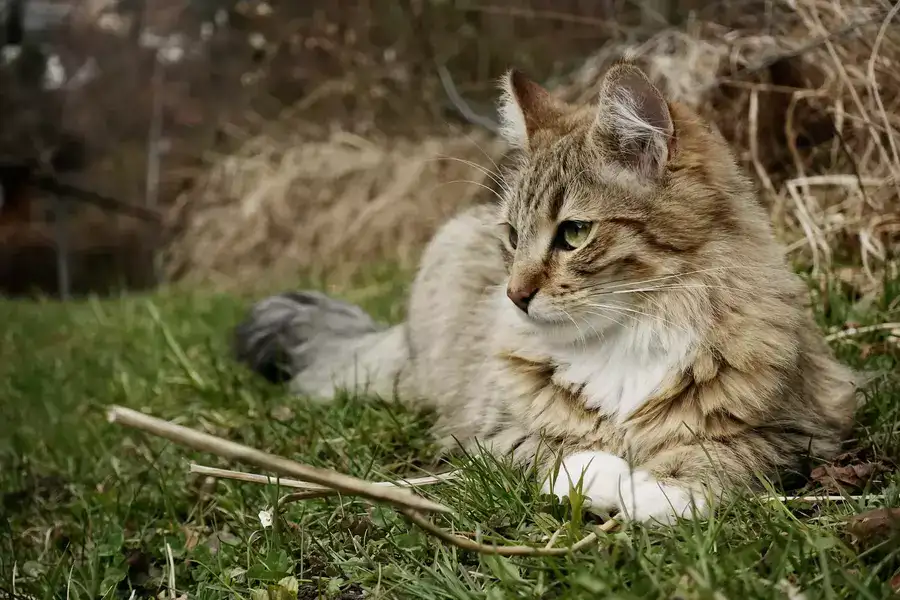
But what really sold me on creeping red fescue was its ability to provide a strong rooting system. This means that even in a lawn with red clay soil, the grass will be able to establish itself and grow deep roots that allow it to access water and nutrients. In fact, some studies have shown that creeping red fescue roots can grow up to 2 feet deep!
Of course, there are other options out there for grass seed in red clay. While these are both great options, I found that creeping red fescue was superior in terms of its ability to thrive in tough conditions. Plus, I like the way it looks - it provides a dense, low-growing carpet of grass that looks great in any yard.
Ultimately, the choice of what type of grass seed to use in red clay will depend on your personal preferences and the specific conditions of your yard. But if you're looking for a strong and attractive option that can handle challenging soil, it's hard to go wrong with creeping red fescue. Give it a try and you may just find that it becomes your new favorite grass seed!
Bermuda grass
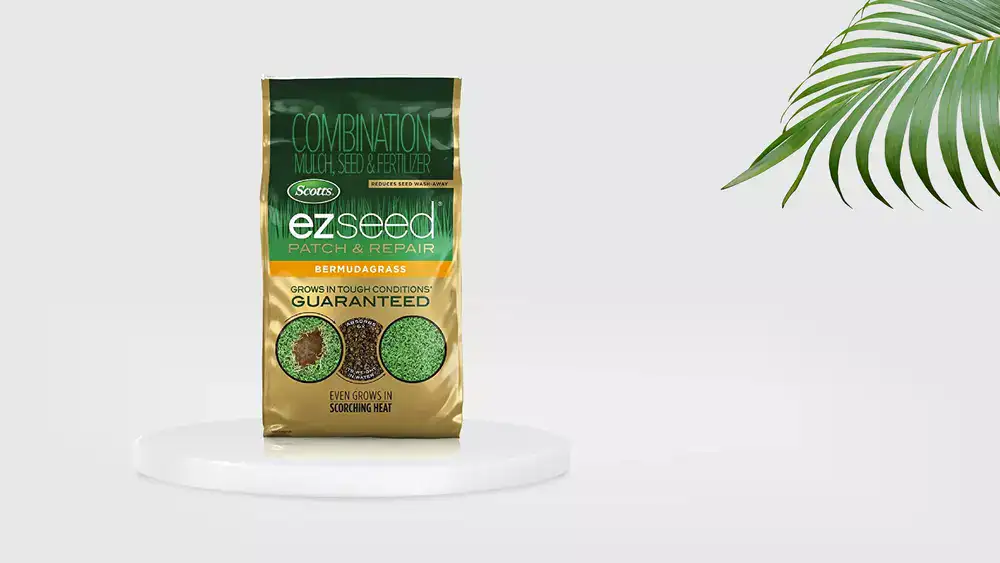
When it comes to finding the best grass seed for red clay, Bermuda grass is definitely worth considering. Known for its use on sports fields, golf courses, parks, and lawns in both urban and suburban areas, Bermuda grass is a great option for high-traffic areas. It is a very vigorous grower and can even become invasive, so it's important to keep that in mind when deciding where to plant it.
While Bermuda grass is not suitable for shady areas, newer varieties like "U-3" and "Midiron" have proven to be resilient and can grow well even in colder areas. This makes Bermuda grass a great option for warm weather areas with clay soil.
One of the reasons Bermuda turf is the best grass for clay soil is because of its root system, which is made up of deep rhizomes. This enables Bermuda grass to grow well in clay soils and tolerate heavy foot traffic. The soil pH for Bermuda grass should be around 5.8 to 7. The root system depth is 6 inches and its water requirements are around 1 to 1.5 inches of water per week.

Bermuda grass is a warm-season grass that tends to thrive in warmer climates and doesn't do well in cooler temperatures. However, newer varieties have made it possible to grow Bermuda grass even in cooler climates. While common Bermuda grass doesn't tolerate cold temperatures, the newer varieties produce deep rhizomes, allowing it to tolerate heavy, clay soil.
Overall, Bermuda grass is definitely worth considering when it comes to finding the best grass seed for red clay. Its deep rhizome root system makes it great for clay soils and its ability to withstand high-traffic areas makes it a popular choice for sports fields and parks. The newer varieties have made it possible to grow Bermuda grass in cooler climates, so make sure to do your research and choose the best option for your area.
Buffalo grass
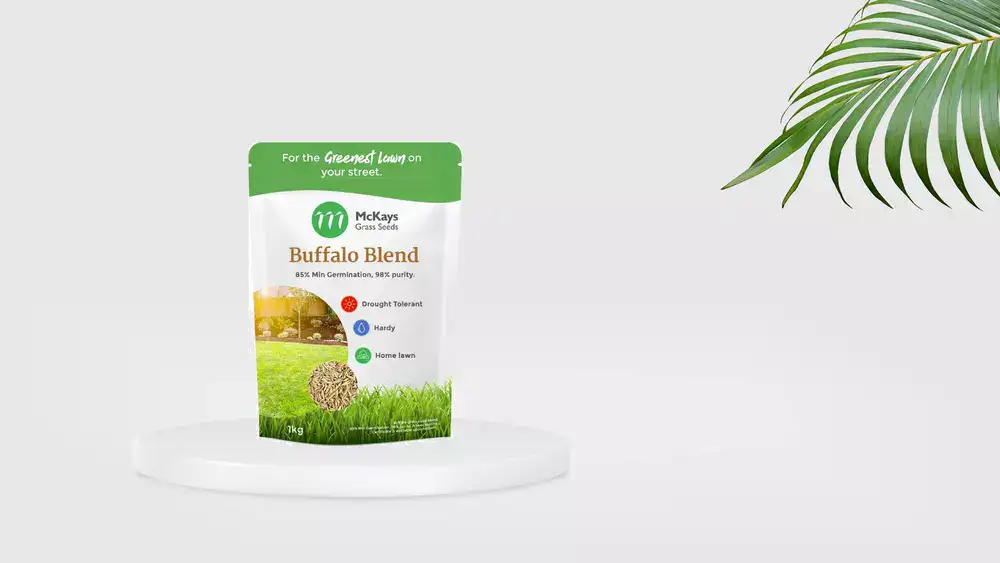
Buffalo grass is an excellent choice for those looking for the best grass seed for clay soil in warm-weather areas. Not only is it perfect for low-maintenance areas, but it also has the ability to tolerate droughts or low-water conditions. In fact, this grass only needs to be watered once a week, making it ideal for those who don't want to spend a lot of time on maintenance.
While it can take a while for buffalo grass to get established when the soil contains clay, it is able to tolerate this soil type well. It doesn't require much watering and goes dormant from November through January, which allows it to conserve water during the winter months.
If you're living in a warm climate, buffalo grass might just be the perfect choice for you. This warm-season grass is particularly tolerant of drought, which makes it an ideal option for areas that experience high temperatures.
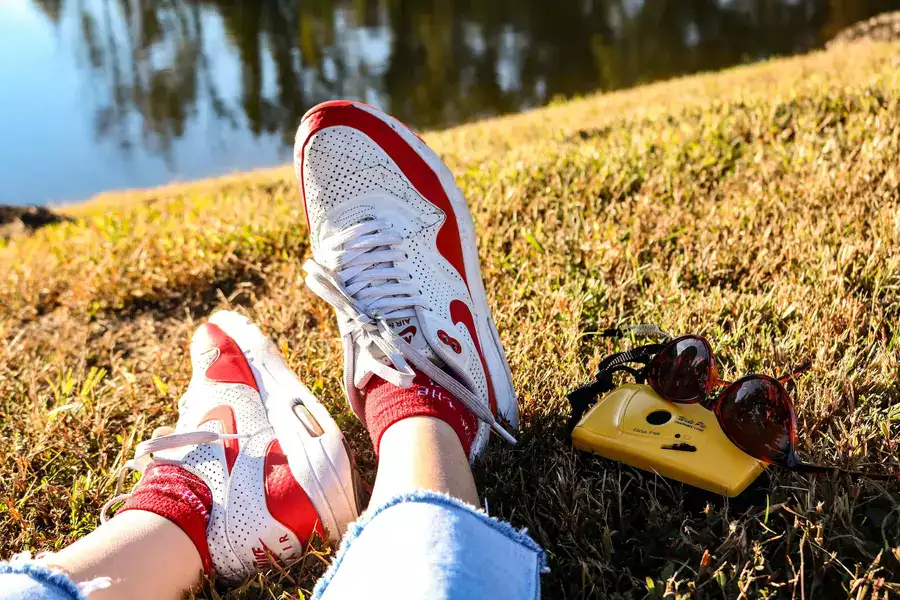
One of the most impressive things about buffalo grass is its deep root system. Its ability to grow deep into the soil allows it to thrive even in clay soil. In fact, its roots can go as deep as 2 meters, which makes it an ideal choice for areas where the soil is tough.
One thing to keep in mind about buffalo grass is that it becomes dormant from November to January. However, it regains its green color in March or April, which means that it's only dormant for a few months out of the year.
If your lawn has a lot of shade, fescue is recommended, as it is more shade tolerant than buffalo grass. However, if you're looking for a grass that can handle clay soil like a champ, buffalo grass is definitely worth considering.
In conclusion, buffalo grass is an excellent choice for those looking for the best grass seed for red clay. Its ability to tolerate drought, low-maintenance requirements, and deep root system make it an ideal option for those living in warm-weather areas with tough soil. So why not consider it for your next lawn renovation?
Perennial ryegrass
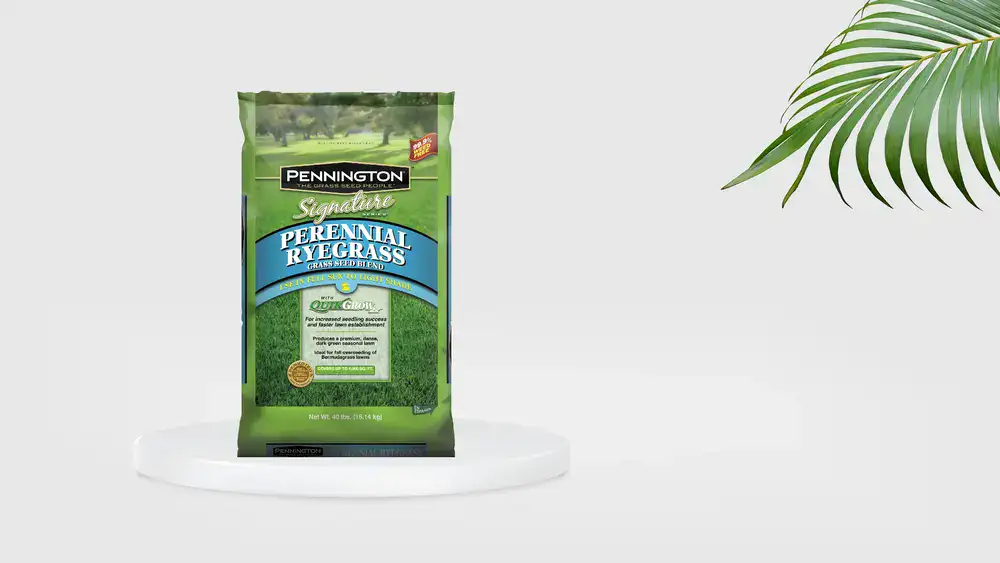
Perennial ryegrass is also a great option for those with clay soil because of its robust roots and low-maintenance care. Plus, it's the type of grass used on the Augusta National Golf Club, where the Masters take place each year. This speaks to its quality and durability.
While it doesn't spread via rhizomes or stolons, patchy areas can be easily re-seeded with perennial ryegrass. Its established fibrous root system reaches a depth of about 30 inches, making it perfect for growing in clay soils.
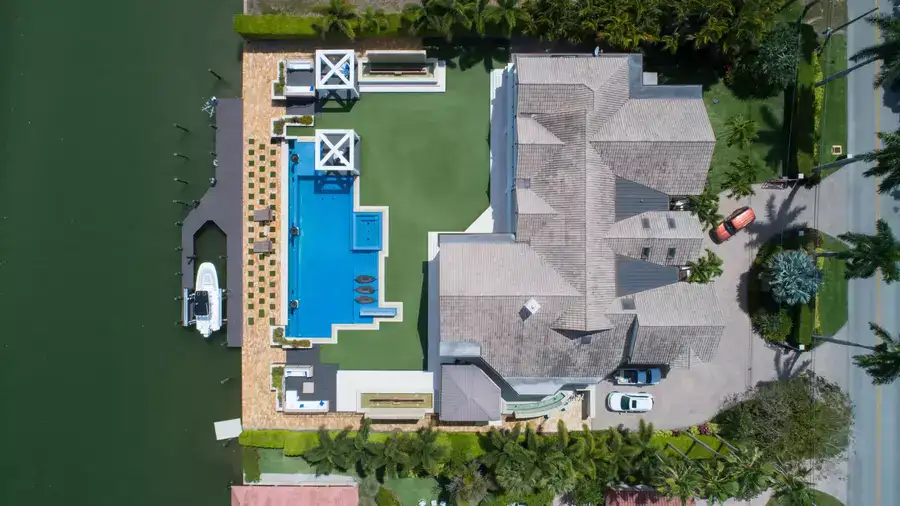
When it comes to watering, perennial ryegrass requires about 1.5 inches of water per week in the spring and 6 to 12 inches of water per week during the summer, spread out over two to three watering sessions. But the good news is that this grass grows well in a wide range of soils and is fairly drought-tolerant.
With a soil pH range of 5.5 to 7.5, perennial ryegrass is a reliable choice for anyone looking to grow a lush lawn on clay soil. So if you want a hardy, quick-growing, and low-maintenance lawn, consider perennial ryegrass for your red clay soil. It's a great investment that will pay off with a beautiful lawn all year round.
Zoysia grass
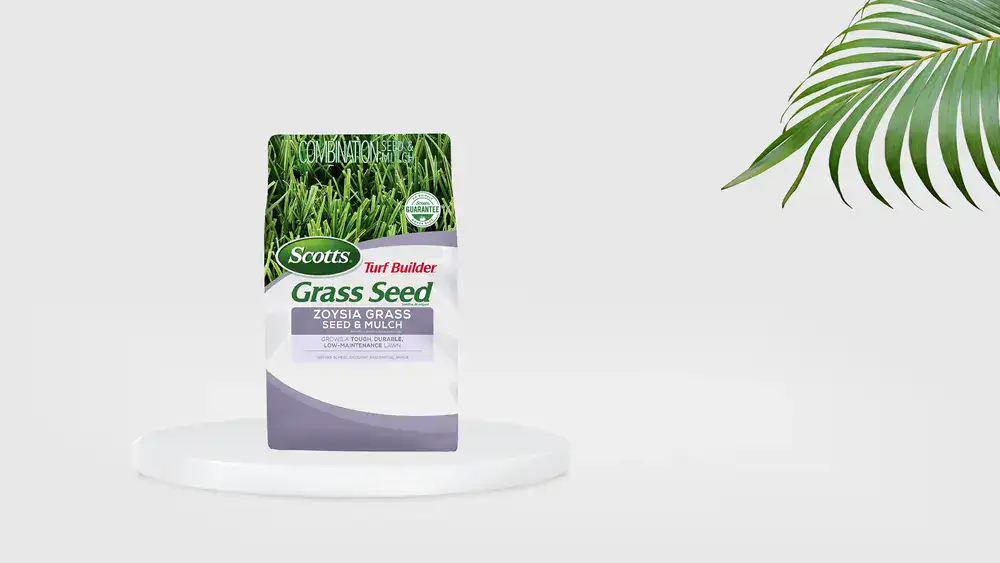
Did you know that zoysia was introduced to the United States in the late 1800s? Since then, it has become a popular choice for warm weather areas and especially for those looking for the best grass seed for clay soil. Its ability to hold water well and survive droughts make it a valuable asset to any lawn, including those with red clay soil.
Speaking of red clay, zoysia is the best warm-season grass for clay soils. Its deep root system ensures it can penetrate the tough, compacted clay, while its stolons and rhizomes help it spread and establish itself over time. This is especially important for those in warm climates where the soil can be particularly challenging.
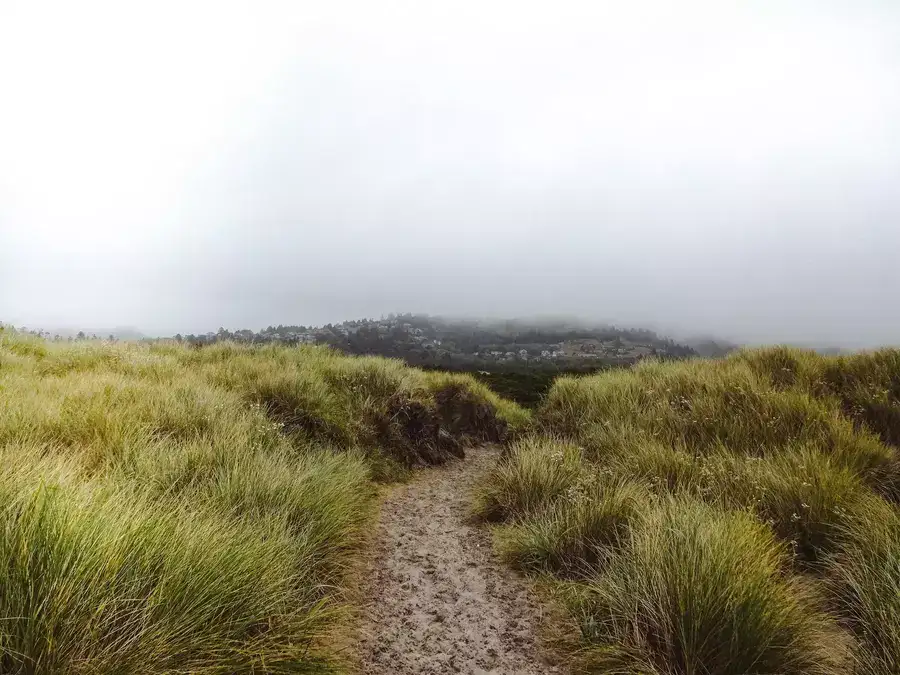
One thing to note about zoysia is that it does best in hot weather. So, if you live in a cooler climate, you may want to consider other options. However, if you're in a warm climate, this grass is ideal. Its hearty root system and ability to withstand drought make it an excellent choice for those who want low-maintenance, yet beautiful lawns.
Kentucky bluegrass
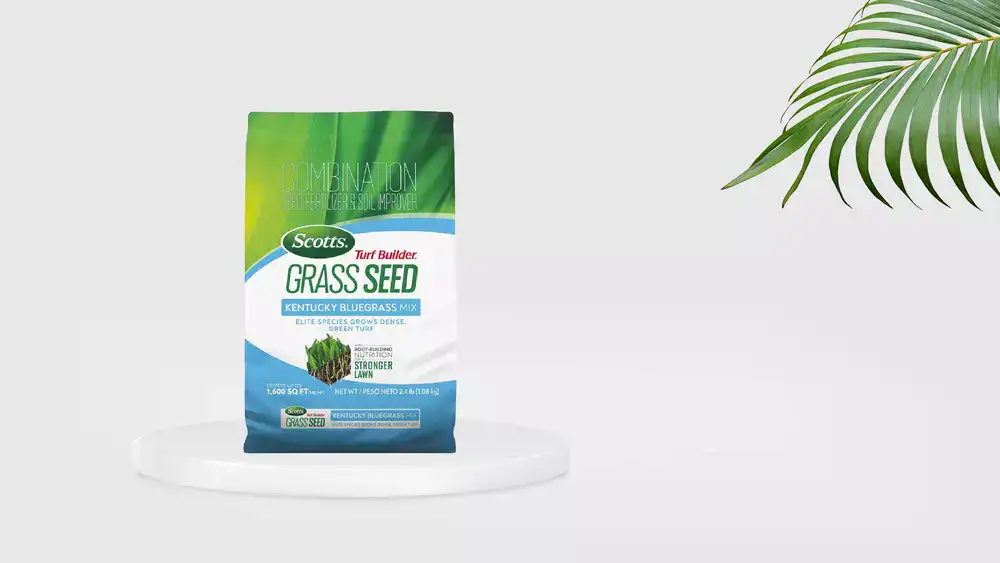
This cool-season grass is an excellent option for clay soil in cooler weather areas and has a reputation for its deep root system which thrives in dense clay soil. It's also a great variety for high-traffic areas like golf courses, sports fields, playgrounds, and even camping grounds. As someone who loves outdoor activities, I appreciate grass that can withstand some wear and tear.
Kentucky Bluegrass prefers sunnier areas and can successfully establish itself on heavy clay soils, which is great news for those of us who live in areas with red clay soil. Plus, it has good drought-tolerance, making it a reliable choice for those scorching summer months where watering can become quite a chore.
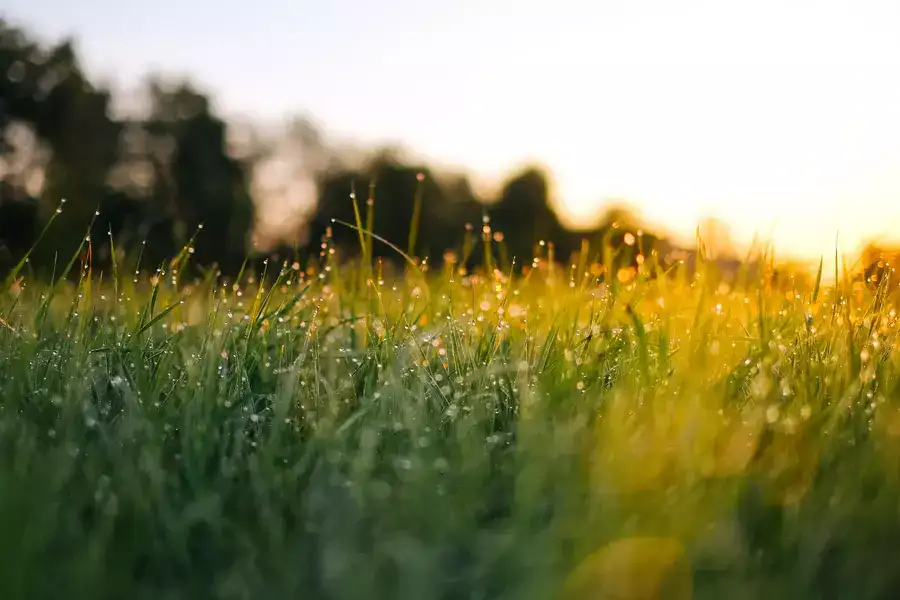
Another important factor to consider is the root system of the grass. Kentucky Bluegrass has a fibrous root system with rhizomes that can dive deep 2-6 inches into the soil - this is critical when it comes to compaction since it can be a common problem in yards. Kentucky Bluegrass is the perfect solution for yards that get plenty of foot traffic.
If you have clay soil, the pH levels should be somewhere between 5.8 to 7.0. Kentucky Bluegrass not only tolerates this level of pH but will actually thrive in this environment. To help it grow and stay lush, it requires at least 1 inch of water per week.
Questions you might be asking
What is the best grass seed for red clay soil?
Tall fescue, Kentucky bluegrass, and Bermuda grass are among the best grass seeds for red clay soil.
Can I grow St. Augustine grass in red clay soil?
While it is possible to grow St. Augustine grass in red clay soil, it may require additional maintenance and soil amendments to thrive.
How do I prepare red clay soil for grass seed?
Before planting grass seed in red clay soil, it is important to first loosen the soil with a rake or tiller. Adding compost or other organic matter can also improve the soil's nutrient content.
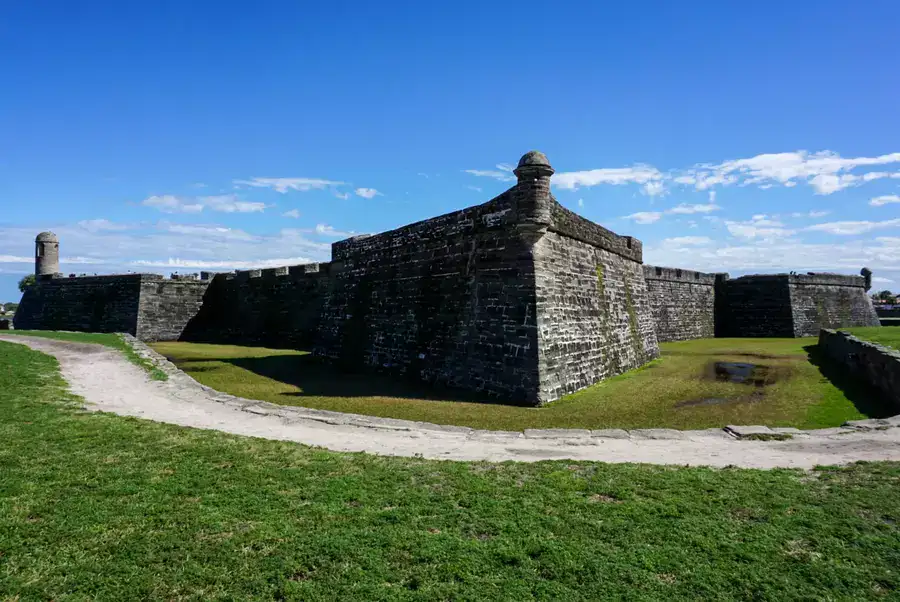
How often should I water my grass seed in red clay soil?
Newly planted grass seed in red clay soil should be watered frequently for the first few weeks, and then gradually reduced to a deeper, less frequent watering schedule.
How long does it take for grass seed to grow in red clay soil?
The time it takes for grass seed to grow in red clay soil varies depending on the type of grass and growing conditions. Generally, expect to see some growth within one to three weeks after planting.
Can I use a starter fertilizer with my grass seed in red clay soil?
Yes, a starter fertilizer can be beneficial for promoting healthy growth and root development in grass seed planted in red clay soil.
Should I choose a warm-season or cool-season grass for red clay soil?
Both warm-season and cool-season grasses can grow in red clay soil, but the best choice depends on your location and the specific growing conditions in your area. Consult a local gardening expert for recommendations.
What grass grows best in red clay?
Certain types of grasses do well in red clay soil, such as bermudagrass, tall fescue, and zoysiagrass. Bermudagrass is drought-resistant and durable, while tall fescue is tolerant to shade and can grow well in cooler regions. Zoysiagrass is low-maintenance and also drought-resistant.
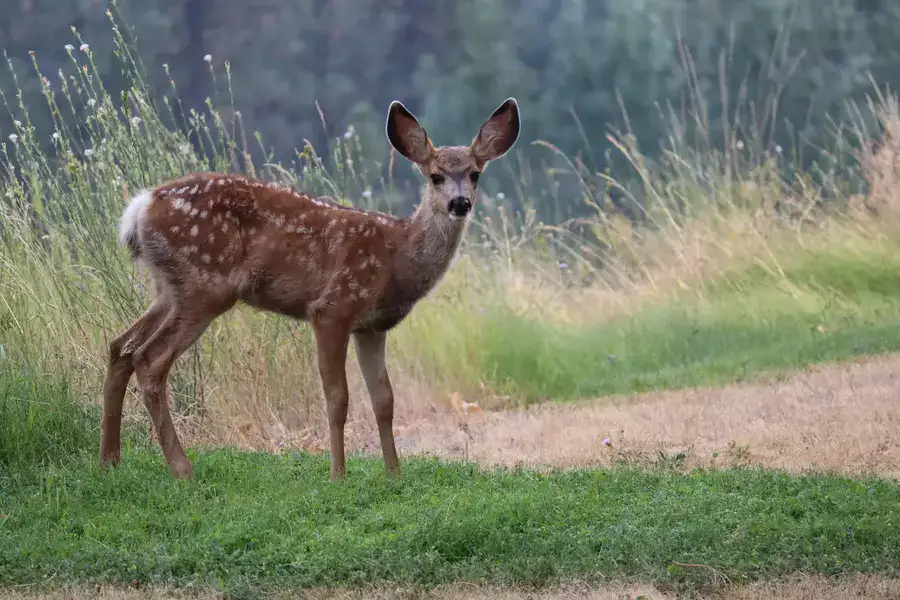
What is the best grass seed for poor soil?
If your soil is poor, you need grass seeds that are adapted to such conditions. Some of the best grass seeds for poor soil include Kentucky Bluegrass, Ryegrass, and Fescue. Kentucky Bluegrass has a deep root system and can handle both cold and drought. Ryegrass is a fast-growing grass that can germinate quickly in poor soils, and Fescue is a versatile grass that can grow well in a variety of soil conditions.
What is the best turf for clay soil?
Clay soil is characterized by its high density, low drainage, and poor air circulation. It is essential to choose a turf that can adapt to these conditions. Some of the best turf for clay soil include Zoysiagrass, Bermuda grass, and Buffalo grass. Zoysiagrass has a deep root system and can tolerate heavy clay soils. Bermuda grass can grow deep roots and can hydraulically break up compacted clay soils. Buffalo grass has a low water requirement and can grow well in heavy, clay soils.
What Is Clay Soil?
Clay soil is a type of soil that is composed of small particles, typically smaller than 0.002 mm in size. These small particles make it difficult for air and water to penetrate the soil, which can result in poor drainage and limited root growth. Clay soil is often nutrient-rich and can be highly productive when adequately managed. It is important to test your soil regularly and apply soil amendments to improve the soil's texture and drainage.
